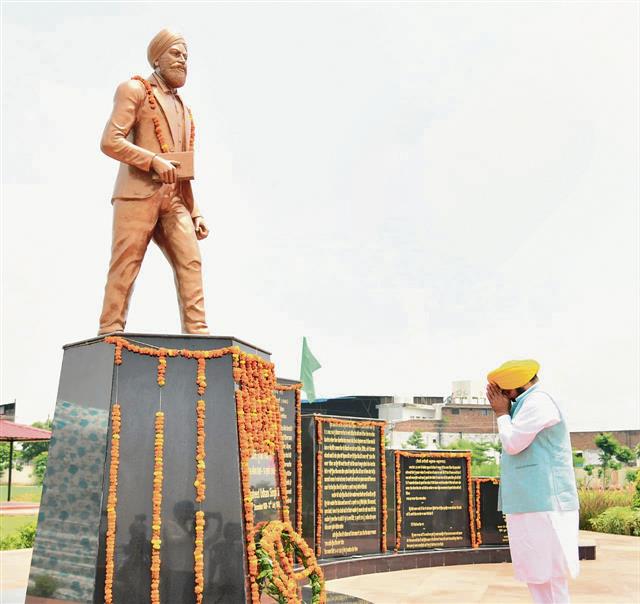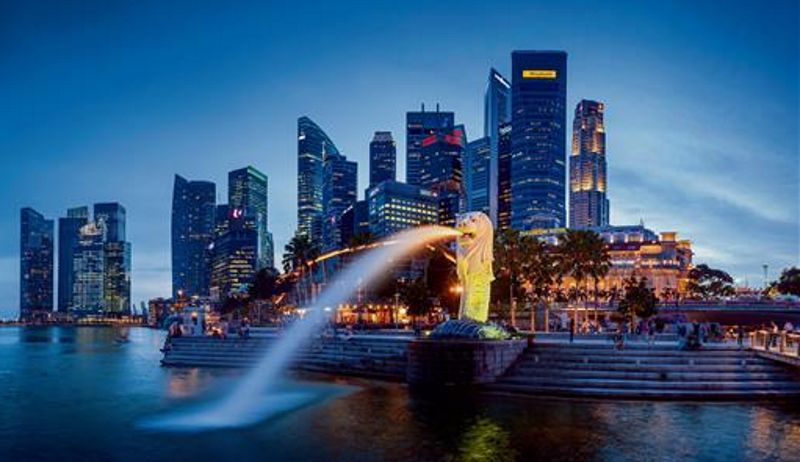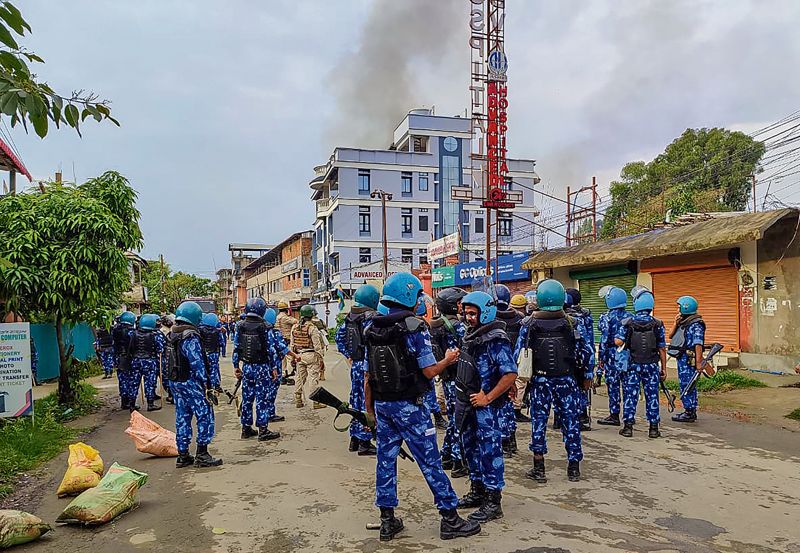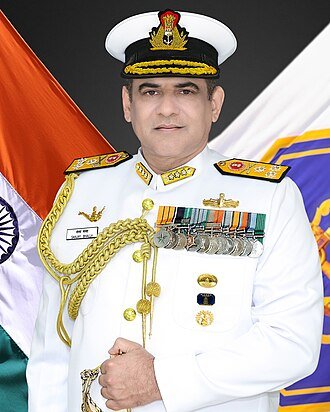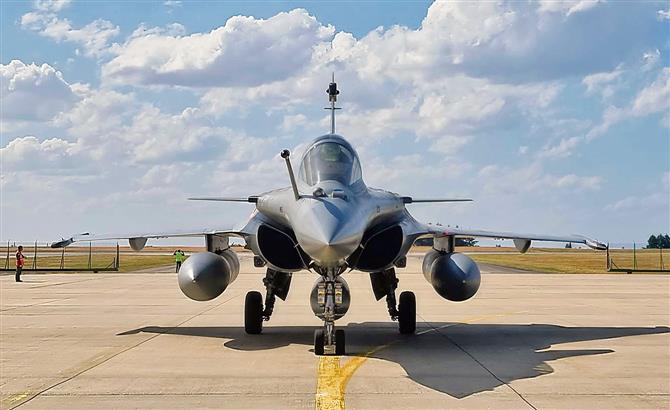

A HOST of recent developments have placed Dassault Aviation, France’s principal combat aircraft manufacturer, in pole position to potentially secure the IAF’s long-pending requirement for 114 multi-role fighter aircraft (MRFA) with its twin-engine Rafales.
Joining the dots, a cross-section of military veterans, defence analysts and industry officials have posited that backed by growing Rafale sales to India and Dassault’s inclination to transfer fighter and related technology to it, the IAF could well end up with Rafale as its default MRFA option.
If so, it would be an ironical redux of the Ministry of Defence’s stillborn 2007-08 tender for 126 Rafales — of which 108 were to be licence-built by Hindustan Aeronautics Limited — that was scrapped in 2015 due to contractual, political and bureaucratic snafus.
A review of these emerging dealings with regard to the possible induction of additional Rafales into the IAF is instructive on multiple counts. At the outset, Dassault will supply 26 Rafale-M (Marine) fighters to the Indian Navy (IN) for deployment aboard INS Vikrant, its newly commissioned aircraft carrier. The multi-role carrier-borne fighter’s (MRCBF) ‘commonality’ with the 36 Rafales, which the IAF had imported in 2016 for $9 billion, had influenced the IN’s choice following user trials in 2022, which featured the rival Boeing F/A-18 Block III ‘Super Hornet’ fighter.
The delivery of these 26 fighters over the next two-three years would total an inventory of 62 Rafale variants in India’s arsenal, not an insignificant number. Hence, increasing this quantity further, according to some retired senior fighter pilots, to meet the IAF’s requirement for 114 MRFA makes ‘immense operational, commercial and logistical sense.’
Dassault, they said, had already established a Rafale flight training and Maintenance, Repair and Overhaul (MRO) facility at Ambala Air Force Station, which would go a long way towards reducing the overall costs for any additional buys. Importantly, acquiring tried-and-tested Rafales would hasten fighter inductions by dispensing with trials and boost the IAF’s declining fighter squadrons, whose number has depreciated to around 29 from a sanctioned strength of 42.
They added that acquiring extra Rafales would also streamline the IAF’s diverse fighter catalogue, which currently features seven aircraft types, sustaining all of which is an enduring logistical nightmare and a costly affair for the force.
In a related development that could enhance Dassault’s MRFA bid, the French manufacturer is believed to be in advanced negotiations to acquire 51 per cent stake of its partner Anil Ambani in Dassault Reliance Aerospace Limited (DRAL) joint venture in Nagpur. India permits 100 per cent foreign direct investment in individual cases and Dassault is reportedly keen on acquiring DRAL, which, if effected, would augment its chances of bagging the MRFA deal.
At present, Dassault owns 49% of DRAL, formed within days of India confirming the IAF’s 36 Rafale purchase, to discharge the 50% offset obligation of the inclusive contractual price in accordance with MoD’s procurement procedures.
Initially, DRAL was tasked with producing components for Dassault’s Falcon business jets and only recently, it had begun producing sub-assemblies like engine doors and canopies for Rafales. But as per media reports, a domestic financial resource crunch had curtailed DRAL’s manufacturing capabilities, rendering it vulnerable to a buyout.
Meanwhile, the MRFA procurement envisages the importing of a squadron of 18 shortlisted fighters in flyaway condition from amongst seven models proposed by overseas original equipment manufacturers (OEMs) in response to the IAF’s April 2018 Request for Information (RFI). The remaining 96 platforms would be built indigenously by a collaborative venture between the qualified OEM and a domestic strategic partner (SP) from either the private or public sector, with progressively enhanced levels of indigenisation in the all-encompassing deal valued around $25 billion.
The MRFA tender is expected imminently, industry sources said, with the selected platform required to complete 30-35 years of squadron service or flying time of 6,000 hours, with at least one midlife upgrade. Senior IAF officers estimated that MRFA numbers could increase to around 200 units for the IAF alone, in addition to possible export options, resulting in the platforms’ cost amortisation.
The six other OEMs which had responded to the IAF’s MRFA RFI are Eurofighter Typhoon, Sweden’s Saab (Gripen-E), Russia’s United Aircraft Corporation and Sukhoi Corporation (MiG-35 ‘Fulcrum-F’ and Su-35 ‘Flanker-E’) and the US’ Boeing and Lockheed Martin (F/A-18 and upgraded F-21).
However, in the light of the ongoing war in Ukraine, evaluating the two Russian fighter types for eventual IAF acquisition was, justifiably, irrational, considering the grave spares and components crisis the force is facing with regard to its fleet of 260 multi-role Sukhoi-30 MKIs and 50-odd upgraded MiG-29M fighter-bombers.
Alternatively, shortlisting the Typhoon would only mean adding to the IAF’s continuing logistic challenges, whilst the US’ F-18 and F-21 — a retrofitted F-16 — had been rejected by it on multiple capability counts during trials conducted 2010 onwards for the binned MMRCA contract. Saab’s Gripen-E, on the other hand, was a single-engine platform, and though the MRFA RFI had not specified any preference for single or dual power packs, the IAF’s intrinsic preference for the latter remains unstated.
Hence, by the process of elimination, Rafale was more than favourably placed in the MRFA sweepstakes, due not only to its operational superiority over its competitors, as acknowledged by the IAF — and now by the IN — but also the host of multiple ancillary factors.
There was also the abandoned contractual template for the MMRCA contract, which, industry officials said, could easily be ‘tweaked’ to suit an analogous MRFA purchase by resolving earlier glitches and shortening negotiations. These anomalies had centred on insistence by the MoD that Dassault shoulder eventual quality control responsibility for the 108 Rafales licence-built by HAL. This unwarranted conditionality had emerged as the deal-breaker for the MMRCA deal and led to the IAF procuring just 36 Rafales in flyaway condition, all of which were delivered by late 2022.
Even geopolitically, Indian diplomats and security officials conceded that it was less ‘arduous’ conducting materiel commerce with Paris than with Washington as the former was more flexible and pragmatic than the latter, especially with regard to transferring hi-tech military knowhow.









